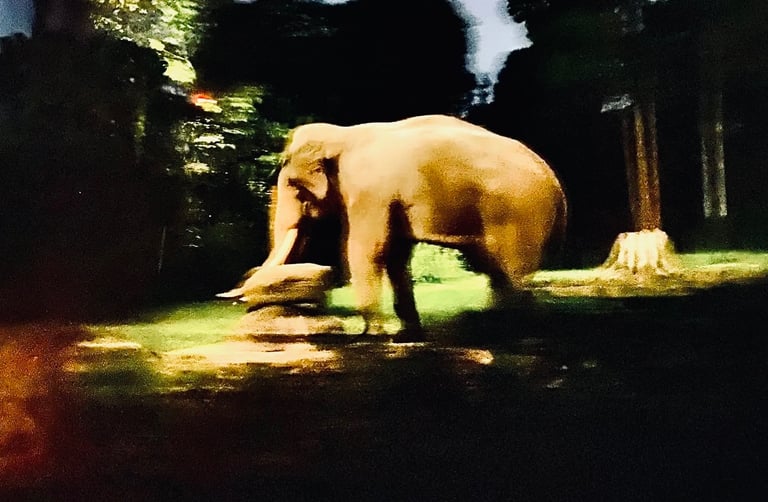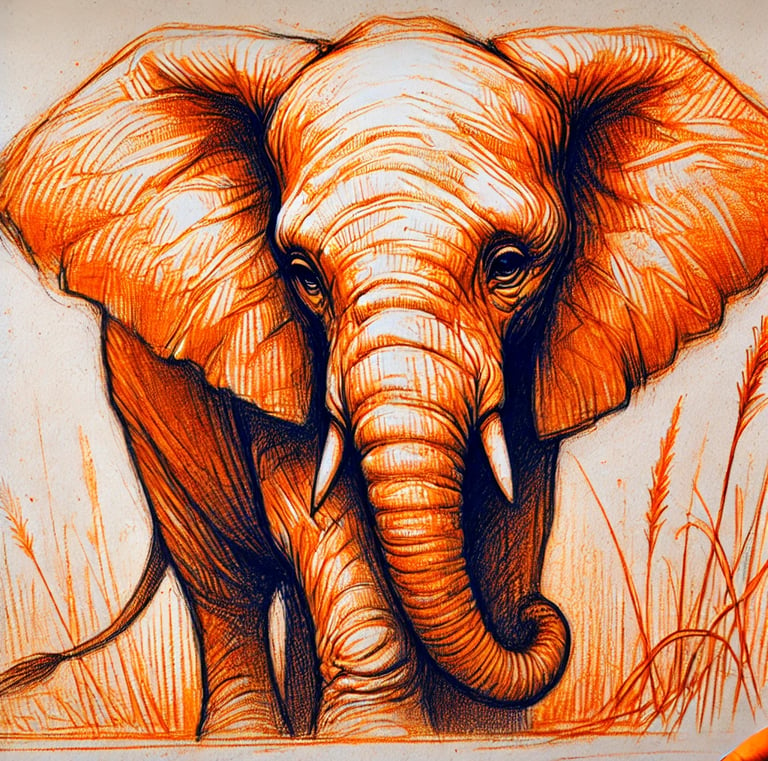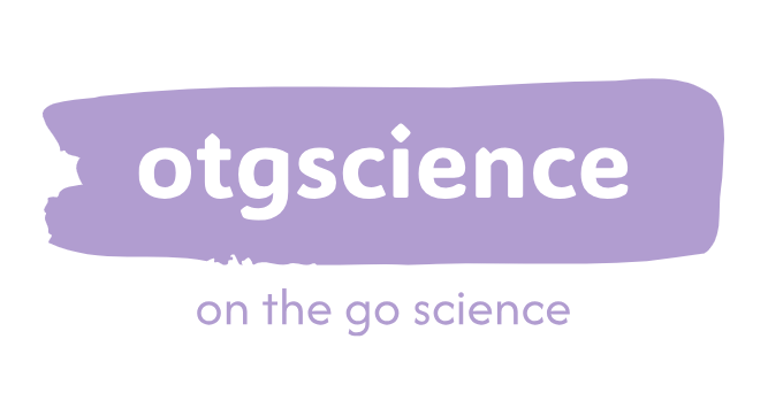Why Humans and elephants cry while other animals do not?
12/8/20243 min read


Why do humans and elephants cry, but no other animals?
“Empathetic Elephants”
The emotional landscape of the animal kingdom is a complex and fascinating subject. Various species exhibit a range of emotional responses that can often mirror those found in humans. Emotions in animals can vary from basic feelings such as fear and happiness to more intricate states like jealousy and grief. Scientific research in recent years has shed light on the emotional capacities of diverse species, indicating that many animals possess intricate emotional lives.
An area of particular interest lies in understanding which animals can express emotions visibly. Many mammals, for instance, demonstrate emotional responses through behavioral changes and vocalizations. Dogs exhibit joy through wagging tails and playfulness, while cats may show affection by purring or kneading. Even more complex emotional states have been observed across a range of species, hinting at a profound connection to their offspring and social groups.
All mammals produce tears from glands in their eyes to lubricate the cornea and remove dust and dirt. However, crying in response to emotional distress appears to be a uniquely human trait. While elephants are observed shedding tears, their emotional state remains unclear, and it’s possible we interpret it as “crying” simply because their facial features naturally appear sorrowful.
In his book Why Humans Like To Cry, behavioral neurologist Michael Trimble proposes that crying evolved alongside advanced mental abilities that allow humans to perceive the deeper tragedies of life—beyond basic animal emotions like fear, hunger, or pain. He suggests that crying offers a cathartic and almost pleasurable form of emotional release.
Research suggests that elephants exhibit empathetic behaviors, often comforting distressed members of their group, which highlights the role of crying as both a personal and social response. In various cultures, the symbolism of tears can differ; for instance, in some societies, they signify strength, showcasing resilience in the face of adversity. Understanding the cultural implications of crying in both humans and elephants illuminates the emotional landscape shared across species, showcasing how emotional displays such as tears serve to strengthen community and connections, enhancing social cohesion. This shared experience of crying underscores a profound empathy rooted in both human and elephant behaviors, weaving a narrative of connection throughout the animal kingdom.
Throughout this exploration of the emotional lives of humans and elephants, we have illuminated several key insights regarding the phenomenon of crying. Emotional crying is not merely a biological response; it serves as a crucial mechanism of communication and connection, underpinning the rich emotional landscapes of both species. While various mammals exhibit tear production, only humans and elephants have demonstrated a distinctive capacity for emotional crying, suggesting a deeper psychological and social complexity.
The scientific inquiry into this behavior uncovers several dimensions: from neurobiological processes to evolutionary perspectives that underscore how empathy and social bonding have shaped our emotional expressions. Research indicates that the ability to cry can be tied to advanced cognitive functions, allowing for complex emotional experiences, such as grief, joy, and solidarity. In elephants, evidence suggests a profound emotional intelligence that resonates with their social structures, familial bonds, and their responses to loss.
In conclusion, the tears of humans and elephants embody more than a physical response; they represent a deep-seated emotional awareness and connection to others. These tears are a reflection of our shared capacity to experience and express profound feelings, reminding us of the empathy that unites us across species. Acknowledging this bond can foster greater respect and compassion towards not only elephants but all living beings with whom we share this planet.


Contacts
Socials
Subscribe to our newsletter
support@otgscience.in
Copyright © 2024 otgscience.in
.
